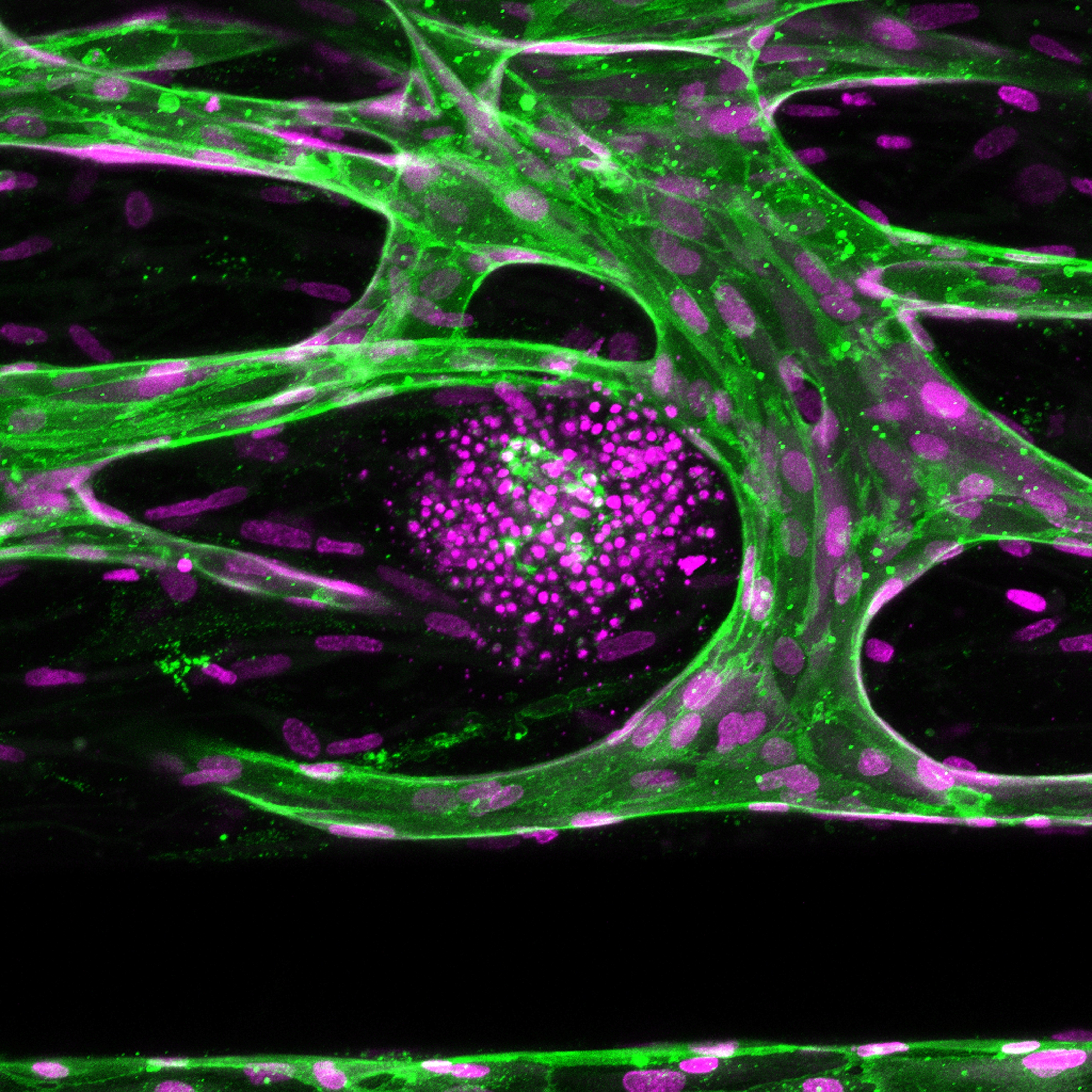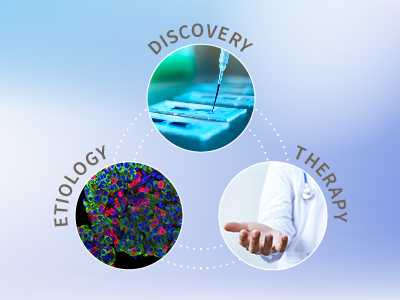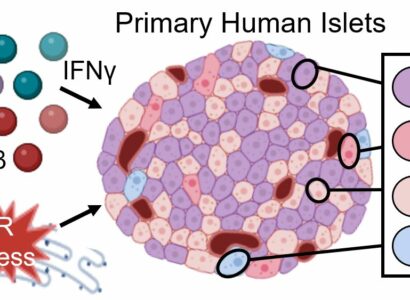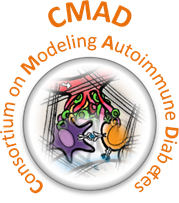HUMAN ISLET RESEARCH NETWORK MISSION
Understand how human beta cells are lost in type 1 diabetes and find innovative strategies to protect or replace functional beta cell mass in people with the disease
Our Research
Supporting Collaborative Research since 2014
The Human Islet Research Network (HIRN) was established in 2014 to help organize and support collaborative research related to the loss of functional beta cell mass in Type 1 Diabetes (T1D). The project consists of five independent research initiatives.
Research Resources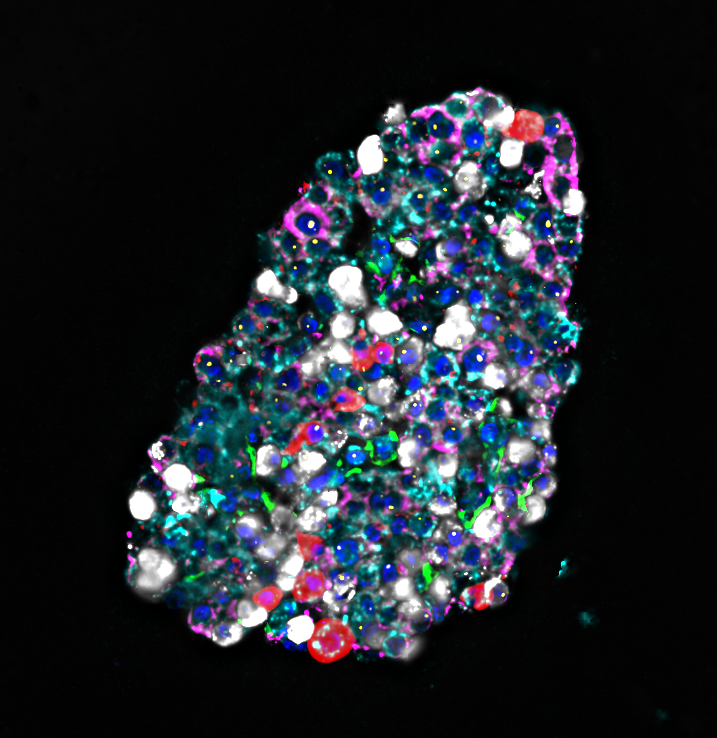
Latest News
HIRN Data Scholars Awards
A new funding initiative to support the use of existing HIRN datasets and resources to explore unique and innovative hypotheses designed to accelerate breakthroughs and advances in type 1 diabetes…
Read MoreHIRN Webinar: Identification of Unique Cell Type Responses in Pancreatic Islets to Stress
Click HERE to view YouTube recording of the webinar. Thursday, March 27, 2025 (1:00 pm Eastern / 10:00 am Pacific) Presentation by: Marlie Maestas, PhD Candidate, Washington University School of…
Read MoreNew Consortium: Consortium on Modeling Autoimmune Diabetes
Five new awards were announced for the newly created HIRN Modeling Autoimmune Diabetes (CMAD) (RFA-DK-23-004) Models to Study the Synergy between Autoimmunity and Metabolism in T1D (UG3 DK14192) Mike Brehm*,…
Read MoreConsortia
Independent Research Initiatives
HIRN-OPP
Opportunity Pool Projects
The Human Islet Research Network (HIRN) was established In 2014 to help organize and support collaborative research related to the loss of functional beta cell mass in Type 1 Diabetes (T1D). The project consists of five independent research initiatives.
